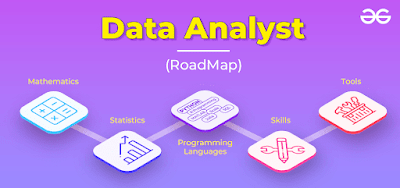Hadoop: An open-source framework that includes Hadoop Distributed File System (HDFS) for distributed storage and Apache MapReduce for parallel processing of large datasets. It is the foundation of many big data processing solutions.
Apache Spark: An open-source, fast, and general-purpose cluster computing system that provides in-memory data processing capabilities. It supports batch processing, interactive queries, streaming data, and machine learning.
Apache Hive: A data warehousing and SQL-like query language built on top of Hadoop, providing a way to perform data analysis and reporting on large datasets.
Apache Kafka: A distributed event streaming platform that allows real-time data ingestion, processing, and delivery of data streams.
TensorFlow: An open-source machine learning framework developed by Google that is widely used for building and training deep learning models on big data.
Splunk: Splunk is a powerful data analysis tool that can be used to monitor and troubleshoot a variety of systems. It can be used to track down issues with servers, applications, and even network devices. Splunk can also be used to generate reports and dashboards to help visualize data.
HBase : HBase is a distributed column-oriented database built on top of the Hadoop file system. It is an open-source project and is horizontally scalable. HBase is a data model that is similar to Google's big table designed to provide quick random access to huge amounts of structured data.
Talend : Talend is an ETL tool for Data Integration. It provides software solutions for data preparation, data quality, data integration, application integration, data management and big data.

.jpg)
